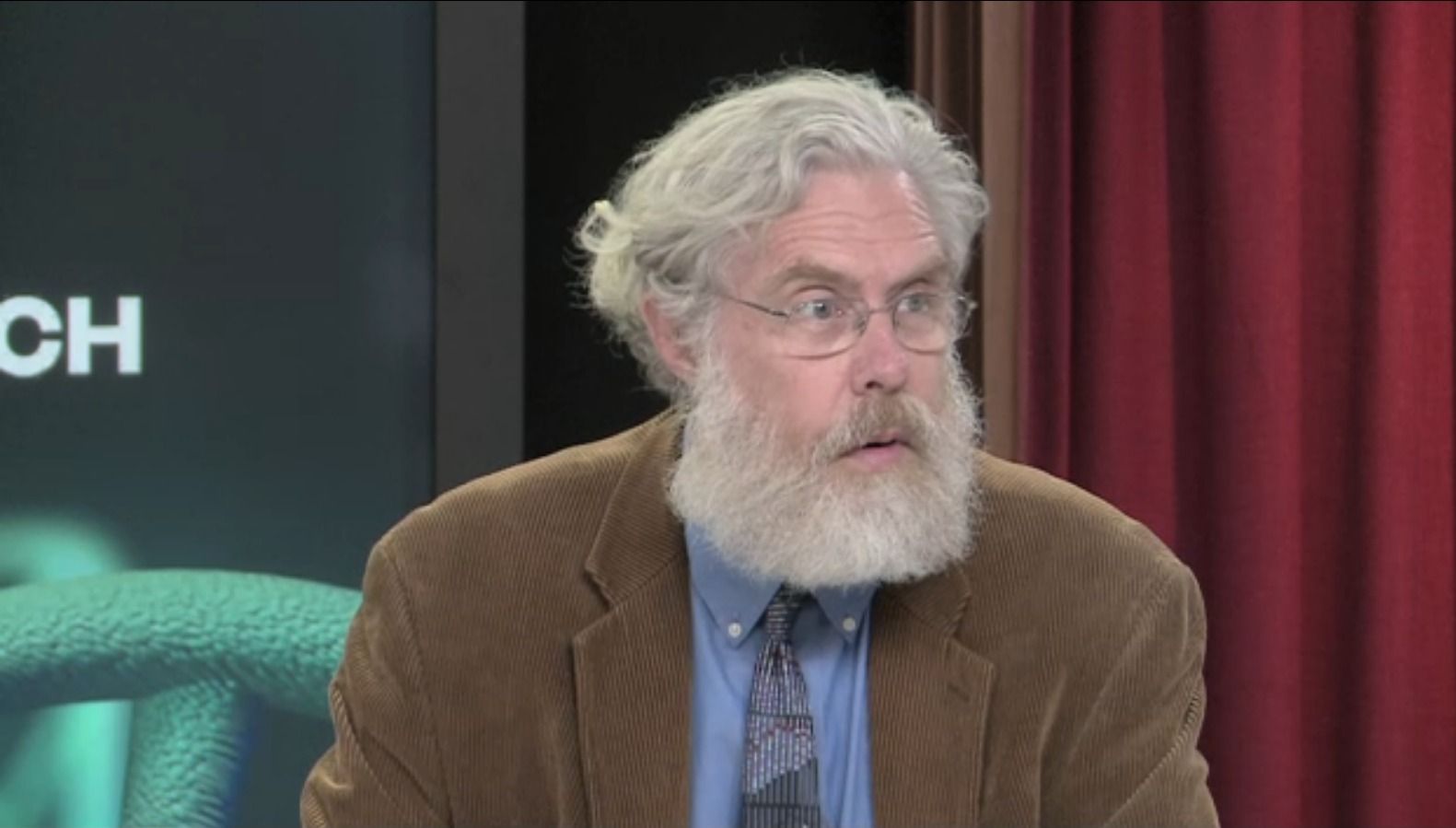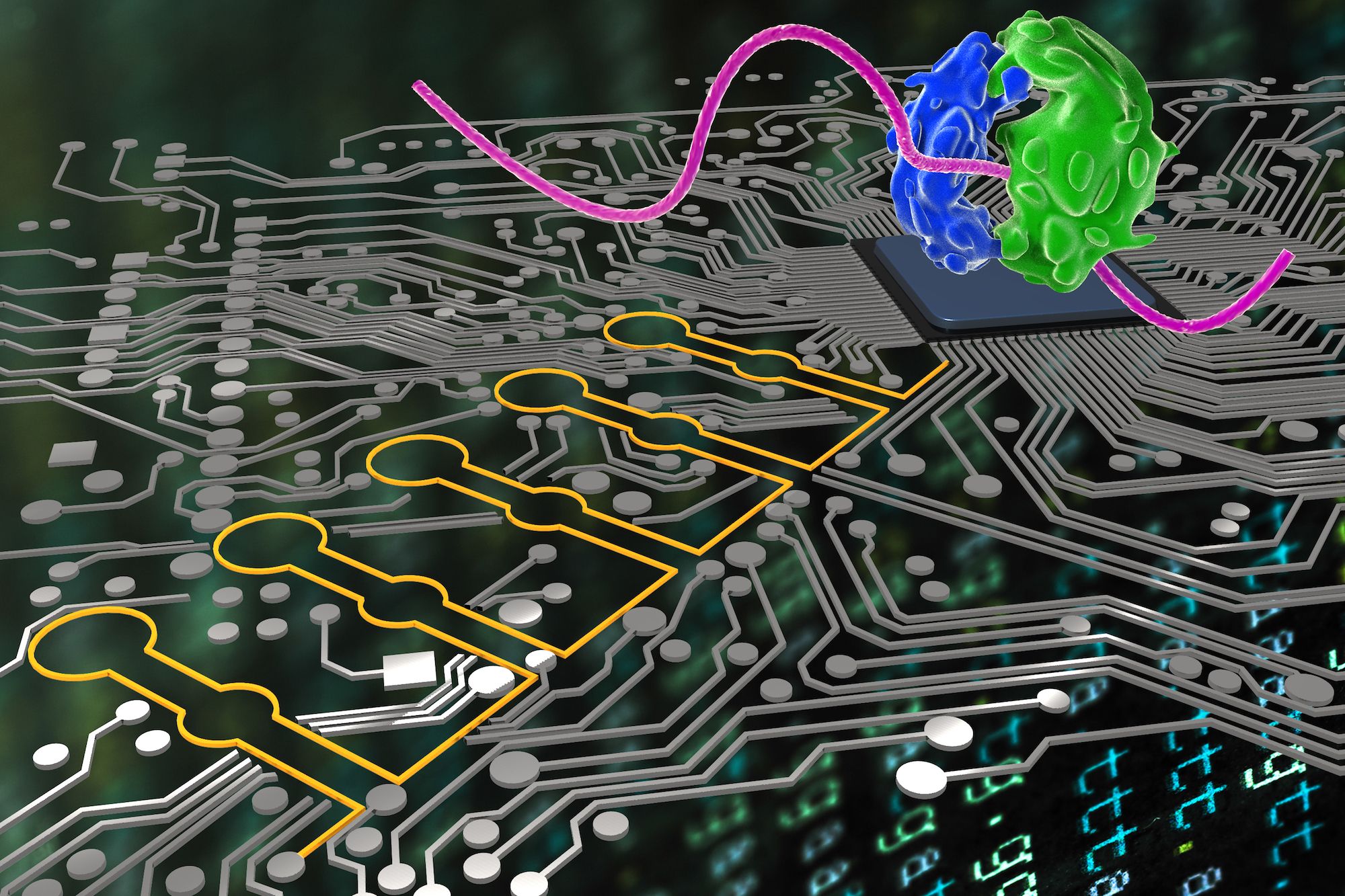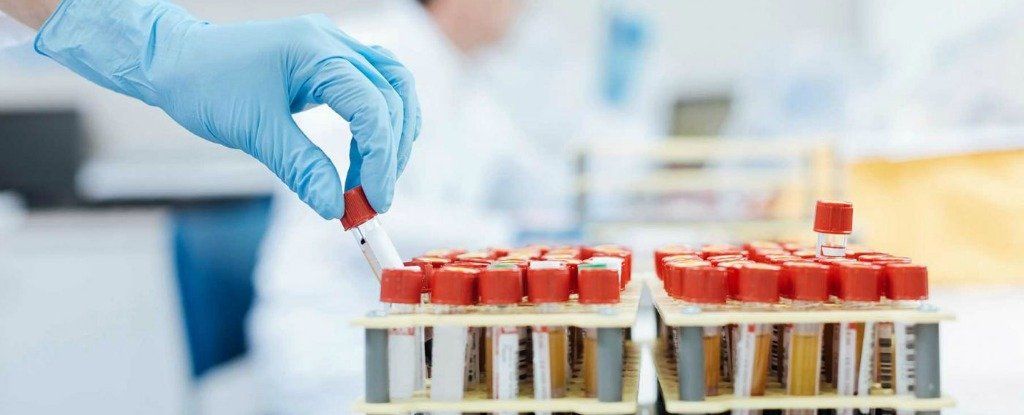Dr. Oliver Medvedik, Dr. Aubrey de Grey, and Dr. Alexandra Stolzing discuss.
Category: bioengineering – Page 214


If you enjoyed our exclusive interview with Professor George Church earlier today, you might be interested to know that you could have dinner with him!
https://www.lifespan.io/campaigns/agemeter-biomarker-scan/#reward_13
This is one of the great rewards on offer for supporting AgeMeter, a functional age biomarker system, a project endorsed by Professor Church.

The Era of Human Gene Editing Is Here—What Happens Next Is Critical
Scientists in Portland, Ore., just succeeded in creating the first genetically modified human embryo in the United States, according to Technology Review. A team led by Shoukhrat Mitalipov of Oregon Health & Science University is reported to “have broken new ground both in the number of embryos experimented upon and by demonstrating that it is possible to safely and efficiently correct defective genes that cause inherited diseases.”
The U.S. team’s results follow two trials—one last year and one in April—by researchers in China who injected genetically modified cells into cancer patients. The research teams used CRISPR, a new gene-editing system derived from bacteria that enables scientists to edit the DNA of living organisms.
The era of human gene editing has begun.

Professor George Church – Turning Back Time to End Age-related Diseases
Many of you will likely already know who Professor George Church is and that he is an important and senior member of the research community engaged in treating the aging processes to prevent or reverse age-related diseases, not to mention all kinds of other applications for genetic engineering. For those who are not familiar with him a short bio follows.
George Church is a professor at Harvard & MIT, the co-author of over 425 papers, 95 patent publications and the book Regenesis. He developed the methods used for the first genome sequence back in 1994 and he was instrumental in reducing the costs since then using next generation sequencing and nanopores plus barcoding, DNA assembly from chips, genome editing, writing and re-coding.
He co-initiated the Genome projects in 1984 and 2005 to create and interpret the world’s only open-access personal precision medicine datasets. He was also involved in launching the BRAIN Initiative in 2011.

Opinion: Super-intelligence and eternal life—transhumanism’s faithful follow it blindly into a future for the elite
The rapid development of so-called NBIC technologies – nanotechnology, biotechnology, information technology and cognitive science – are giving rise to possibilities that have long been the domain of science fiction. Disease, ageing and even death are all human realities that these technologies seek to end.
They may enable us to enjoy greater “morphological freedom” – we could take on new forms through prosthetics or genetic engineering. Or advance our cognitive capacities. We could use brain-computer interfaces to link us to advanced artificial intelligence (AI).
Nanobots could roam our bloodstream to monitor our health and enhance our emotional propensities for joy, love or other emotions. Advances in one area often raise new possibilities in others, and this “convergence” may bring about radical changes to our world in the near-future.

Hacked E. Coli Shows the Promise of Programmable Biology
Researchers turn living cells into biological sensing and computing platforms.
The preferred term is “ribocomputing.” Take a molecule of RNA, the “messenger” chemical that carries instructions from a cell’s DNA to the rest of the cell, and basically rewire it. By hacking the RNA, it’s thus possible to take command of the processes of the cell, particularly that of protein synthesis. It’s also possible to rewire the RNA to respond to specific stimuli, offering an engineered microbiological system that reacts to inputs in the same way that an embedded computer might respond to a temperature sensor of accelerometer.
Synthetic biology or “hacked” biology is a quickly growing field, but the term ribocomputing is scarce, mostly limited to a single 2016 study. That was the case at least until this week and the publication of a paper in Nature describing RNA-based synthetic biological circuits that are capable of implementing just what I described above: sensing external signals and directing cellular machinery to respond to those signals in programmed ways. It’s fascinating but also a bit spooky.

How DIY biohacking will change society
Imagine a scientist experimenting on her own genes from her kitchen, rather than going to a physician, because she wants to cure a medical ailment. Another “do-it-yourself” scientist across the country extracts DNA samples from plants to figure out how they affect its growth.
DIY biohacking is a relatively new phenomenon in which scientists (typically those with an interest in genetic engineering) want to take biology experimentation outside of the lab or classroom. Currently, it’s mostly used for medical purposes, but the future of DIY biohacking could look a lot different. So we asked four experts a simple question: By the year 2040, what will be the gene most edited via DIY biohacking?
Edited Humans, Creating A Universe With A Supercomputer & All Is One At The Same Time
Welcome to Mr Futurist’s first weekly podcast where I discuss what going on in emerging science and technology. Scientists have successfully edited the first human embryo in the U.S. using CRISPR. CRISPR is a gene editing technique that can modify any region of the genome of any species with high precision accuracy. Modifying a species to have certain characteristics or traits. If you’re curious as to what CRISPR is, I have added a link below to an excellent video from Futurist that explains what CRISPR is and what it can be used for, all in 60 seconds. It’s worth a minute of your time.

Two Babies Have Been Cancer-Free After Receiving Treatment Created With Gene Editing
Cancer continues to be one of the major diseases that plagues humanity. Around the world, approximately 1 in 6 deaths is due to cancer, according to the World Health Organisation (WHO).
The prevalence of cancer is due, in part, to the absence of a universal cure for all forms of the disease. While various treatments are available, each type of cancer generally requires specific treatment.
A new method developed by doctors at the Great Ormond Street Hospital in London presents a hopeful solution. The team has successfully tested their method on two infants with an aggressive form of leukaemia.